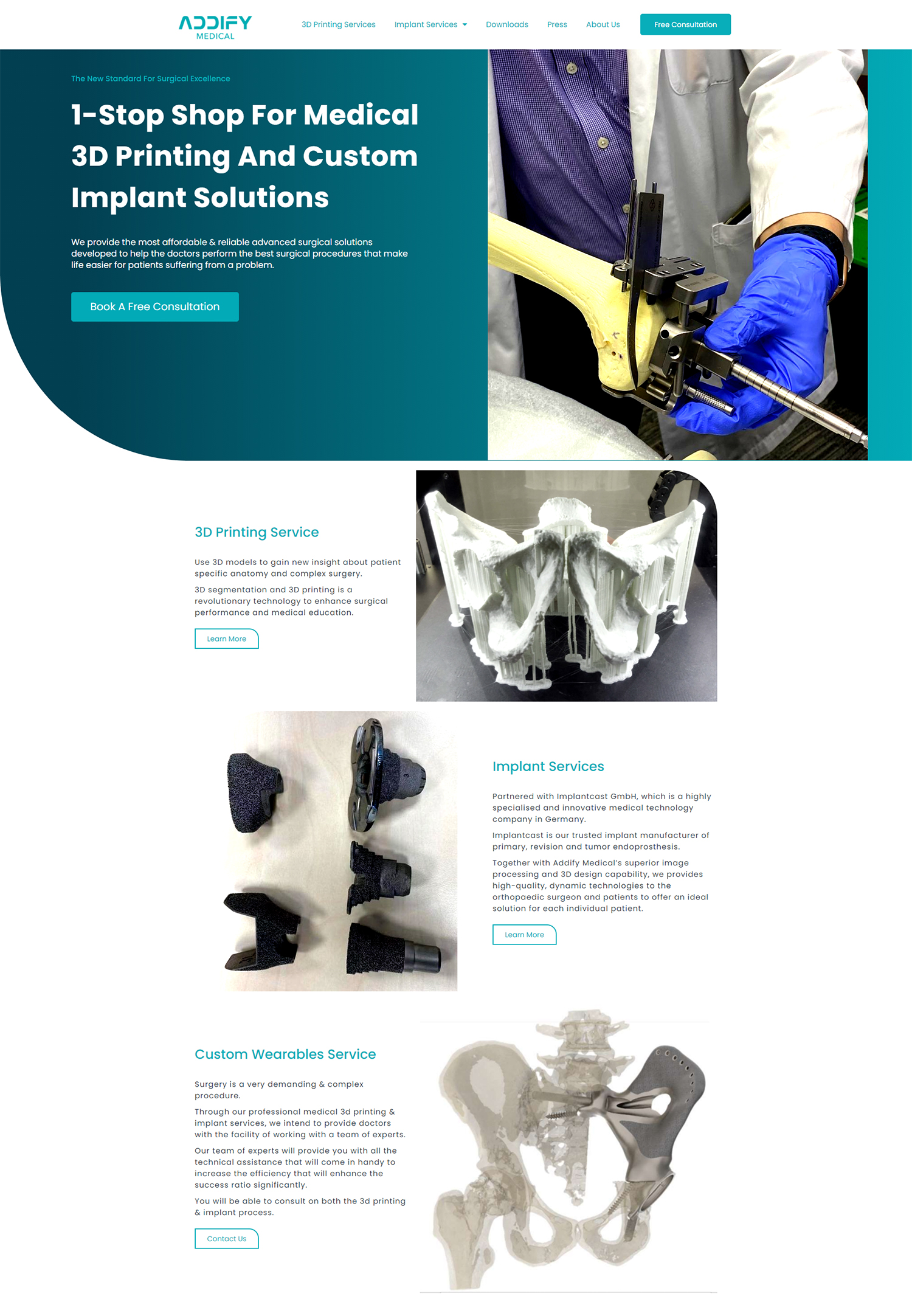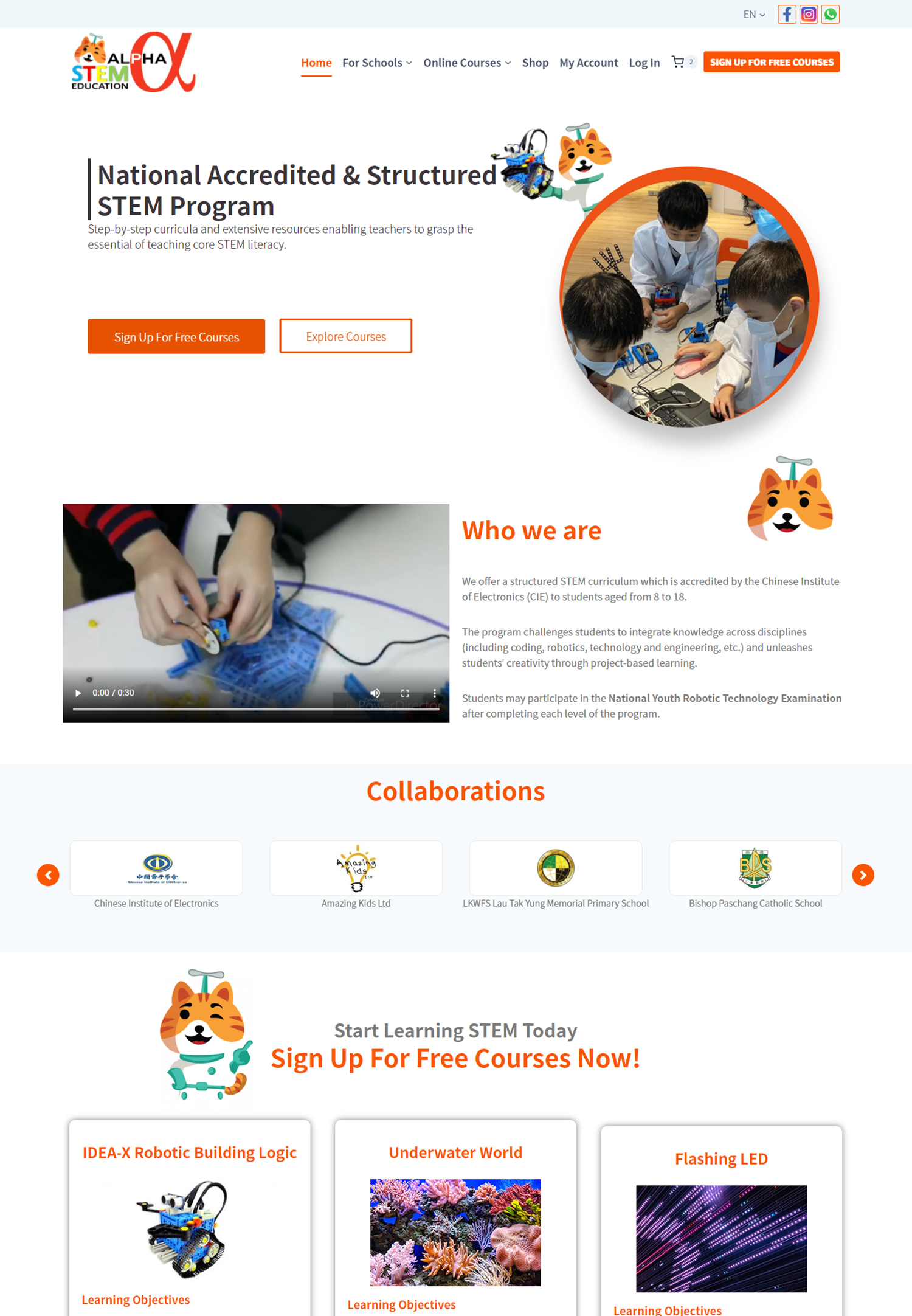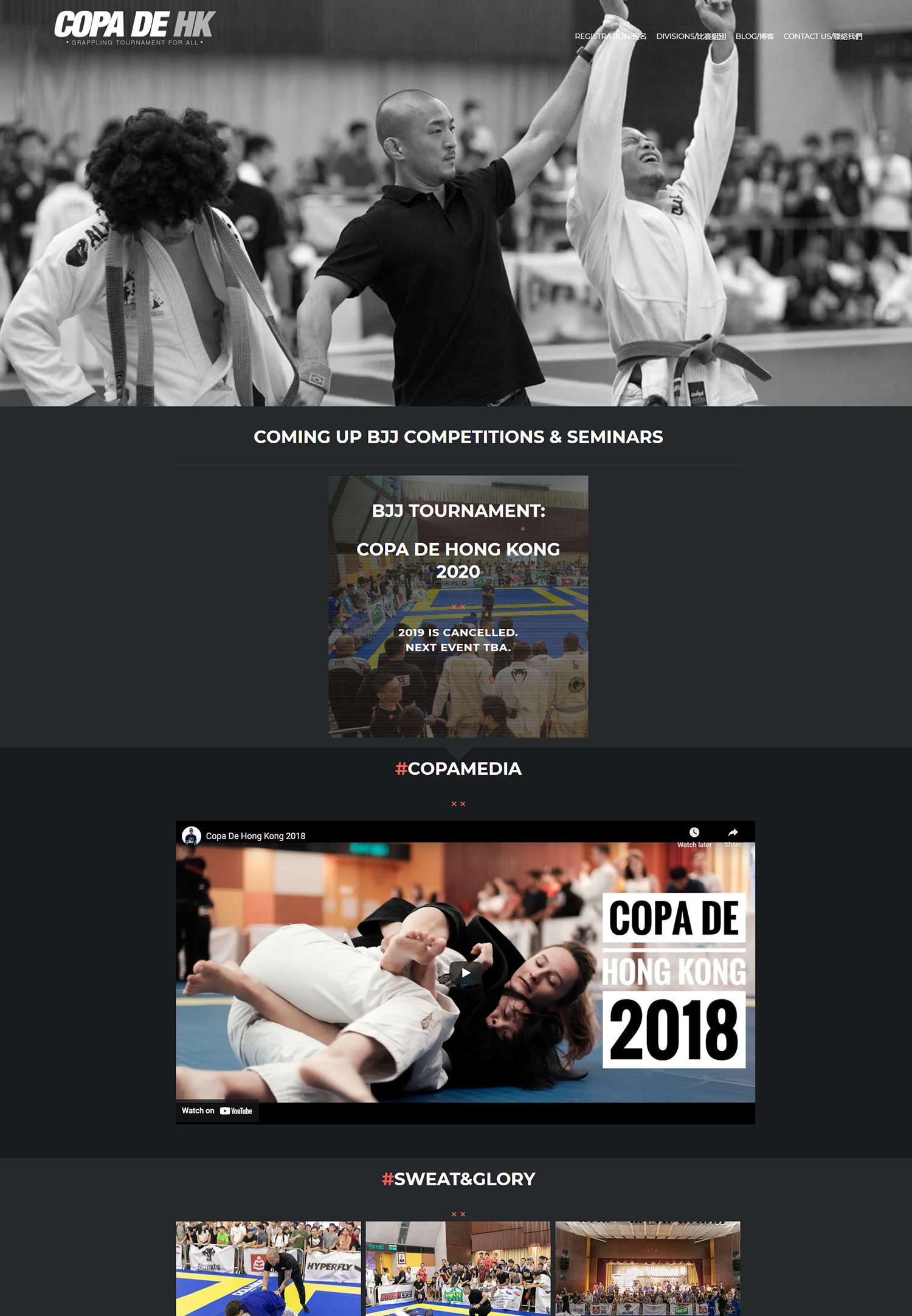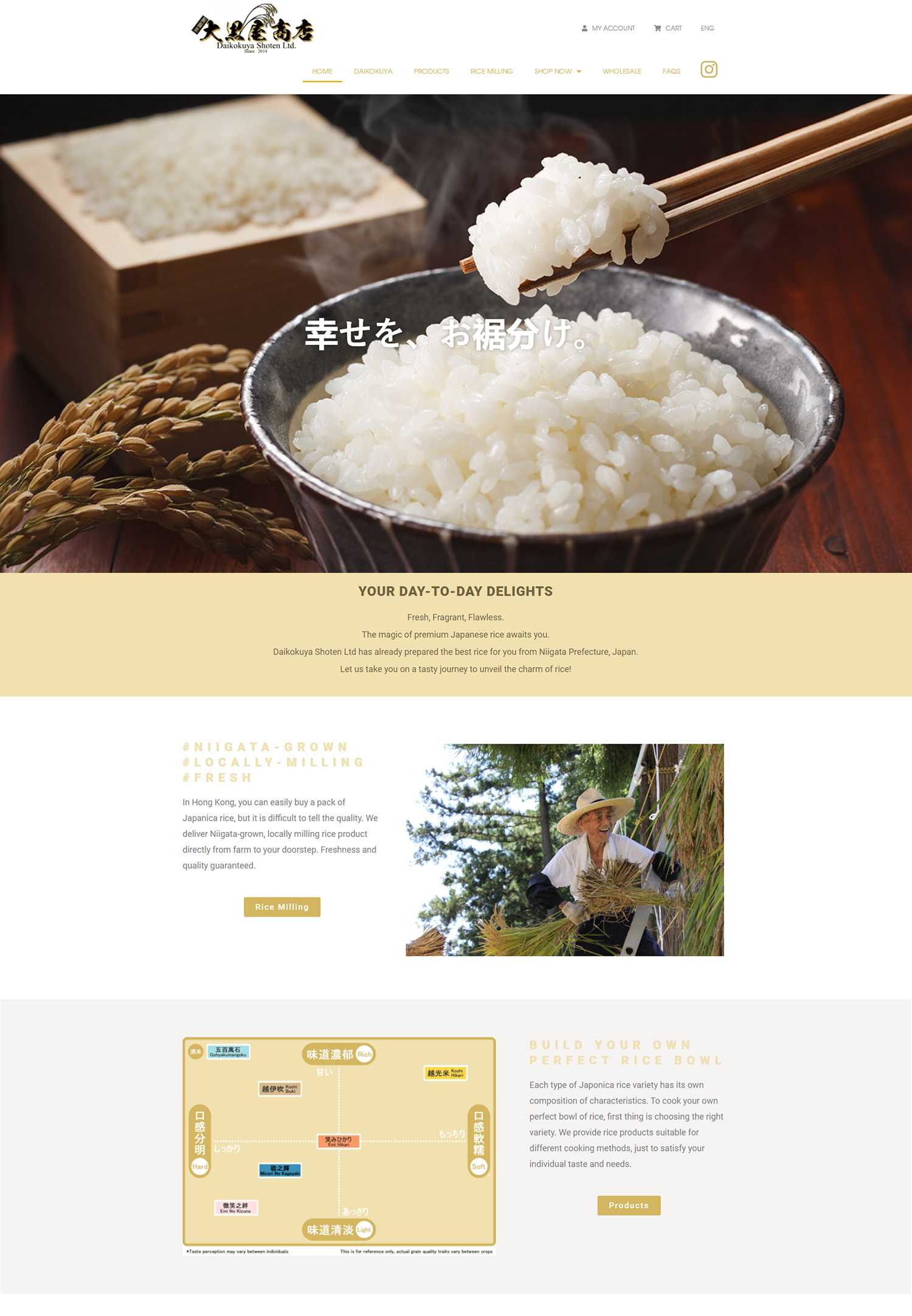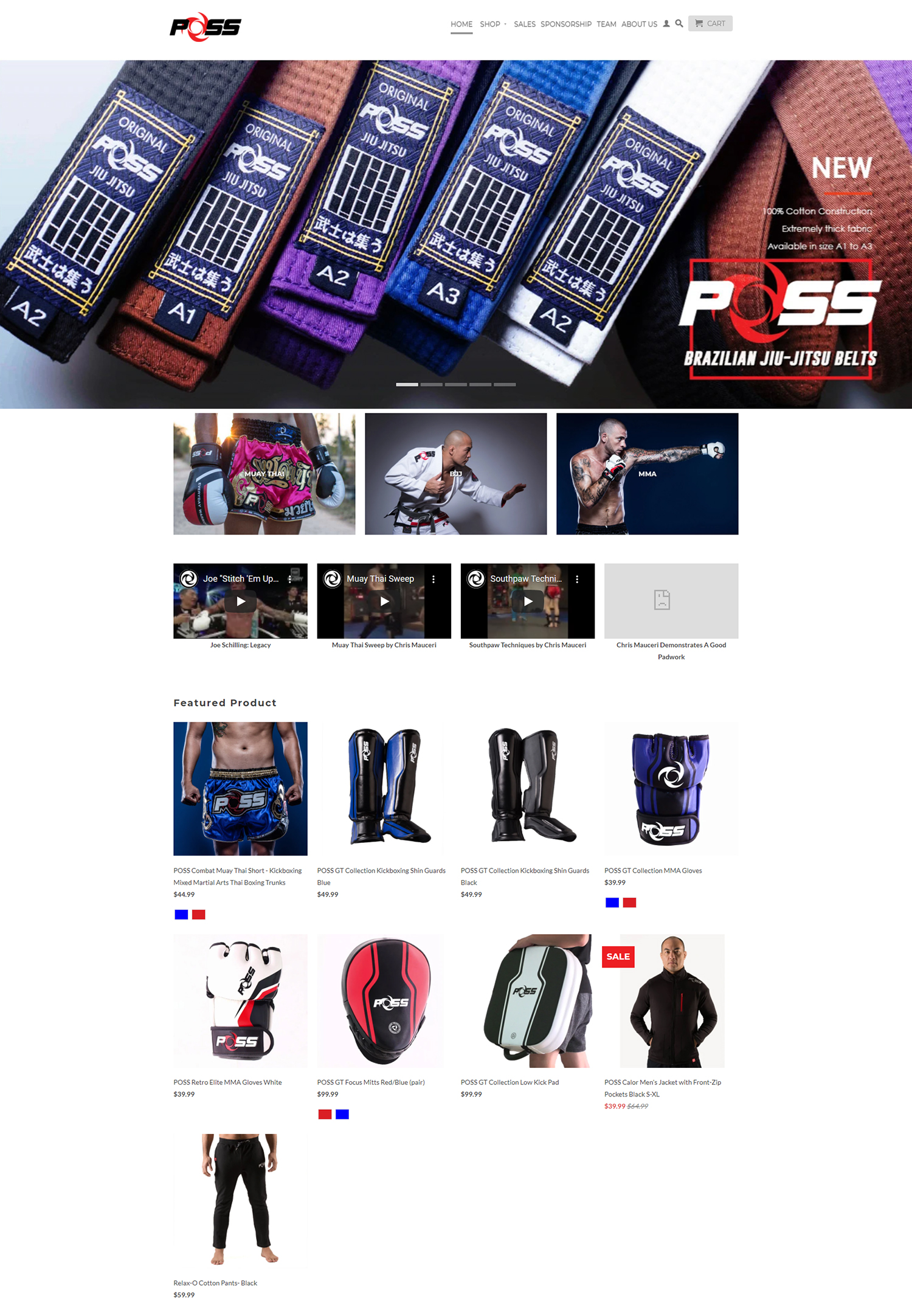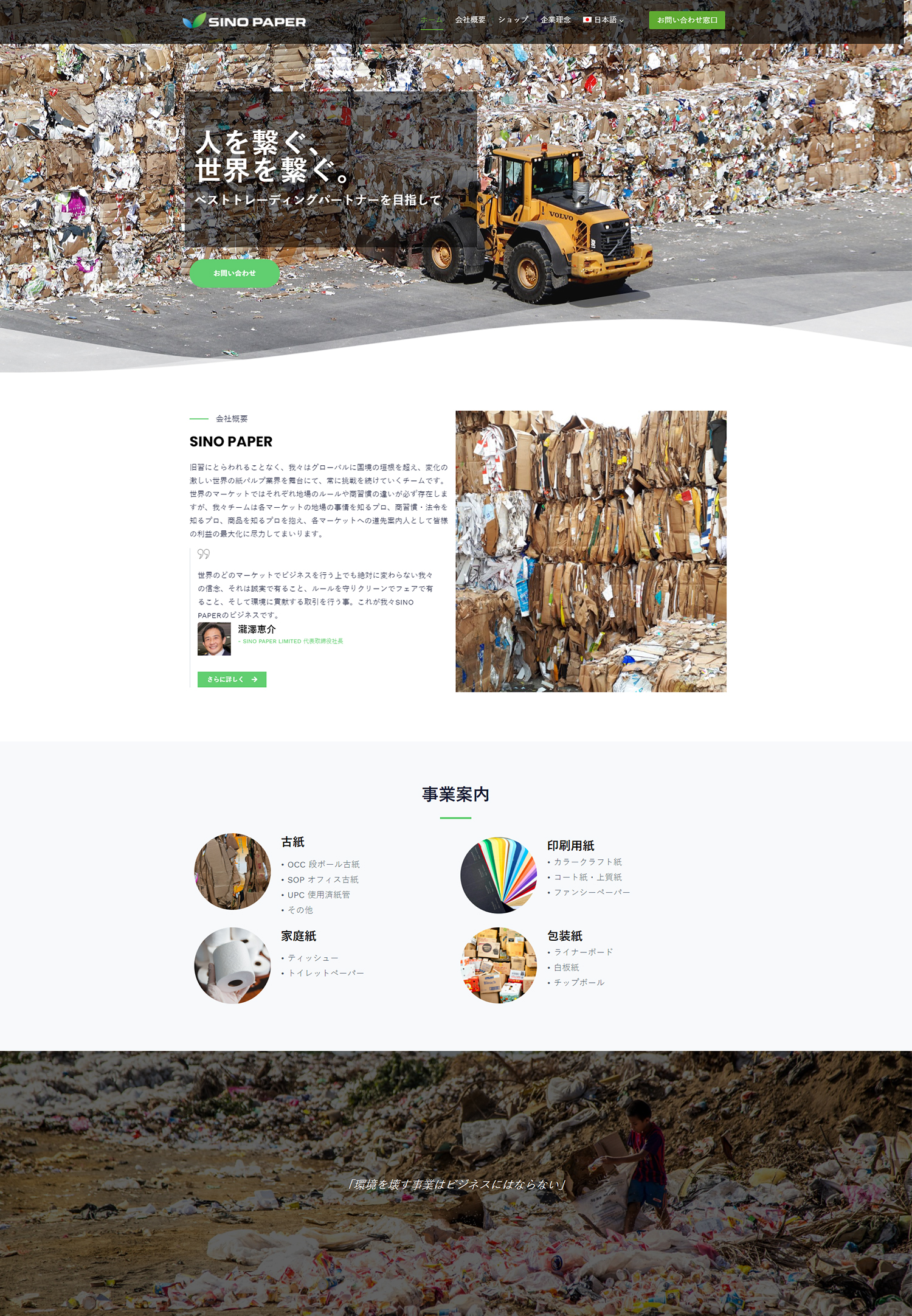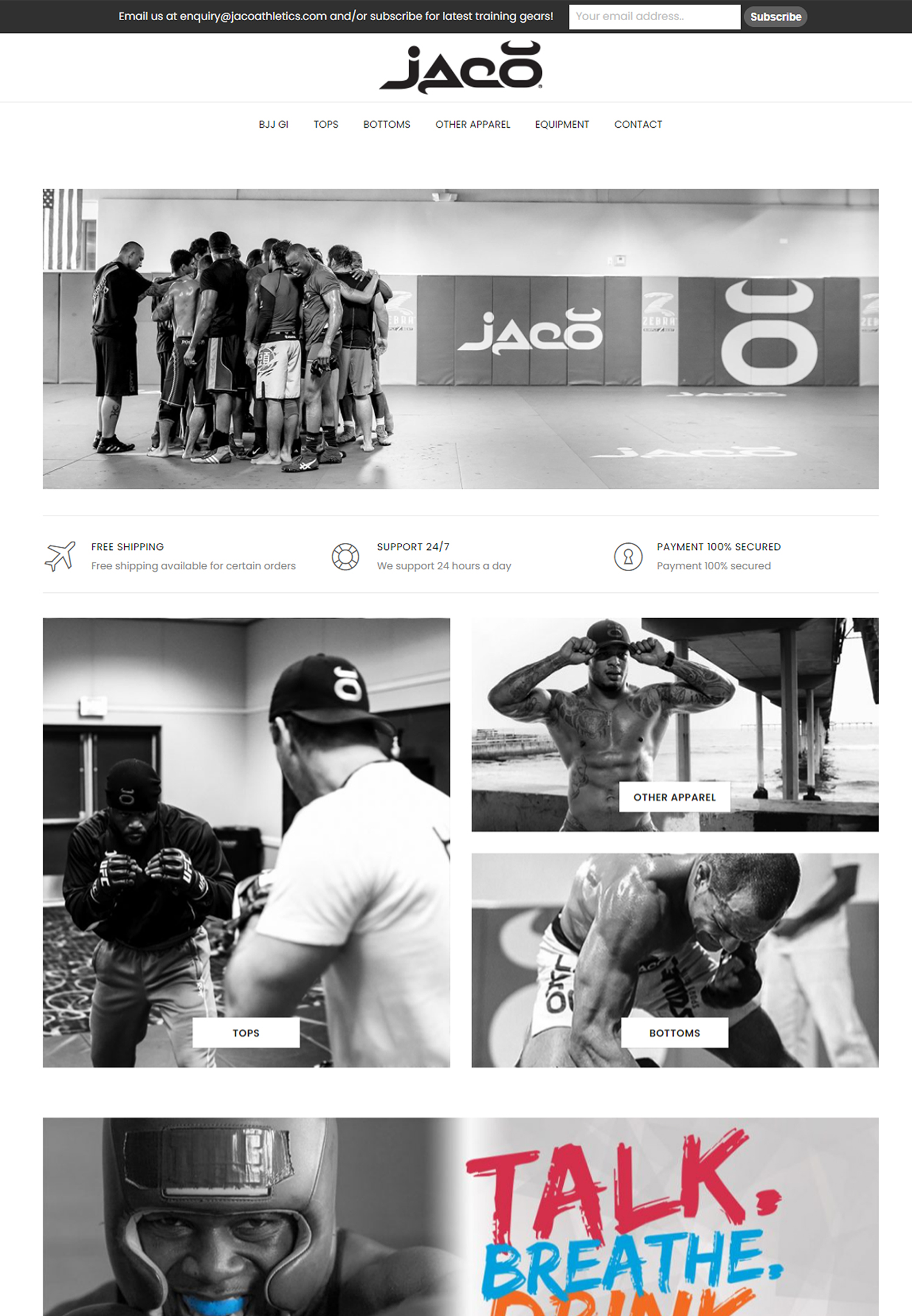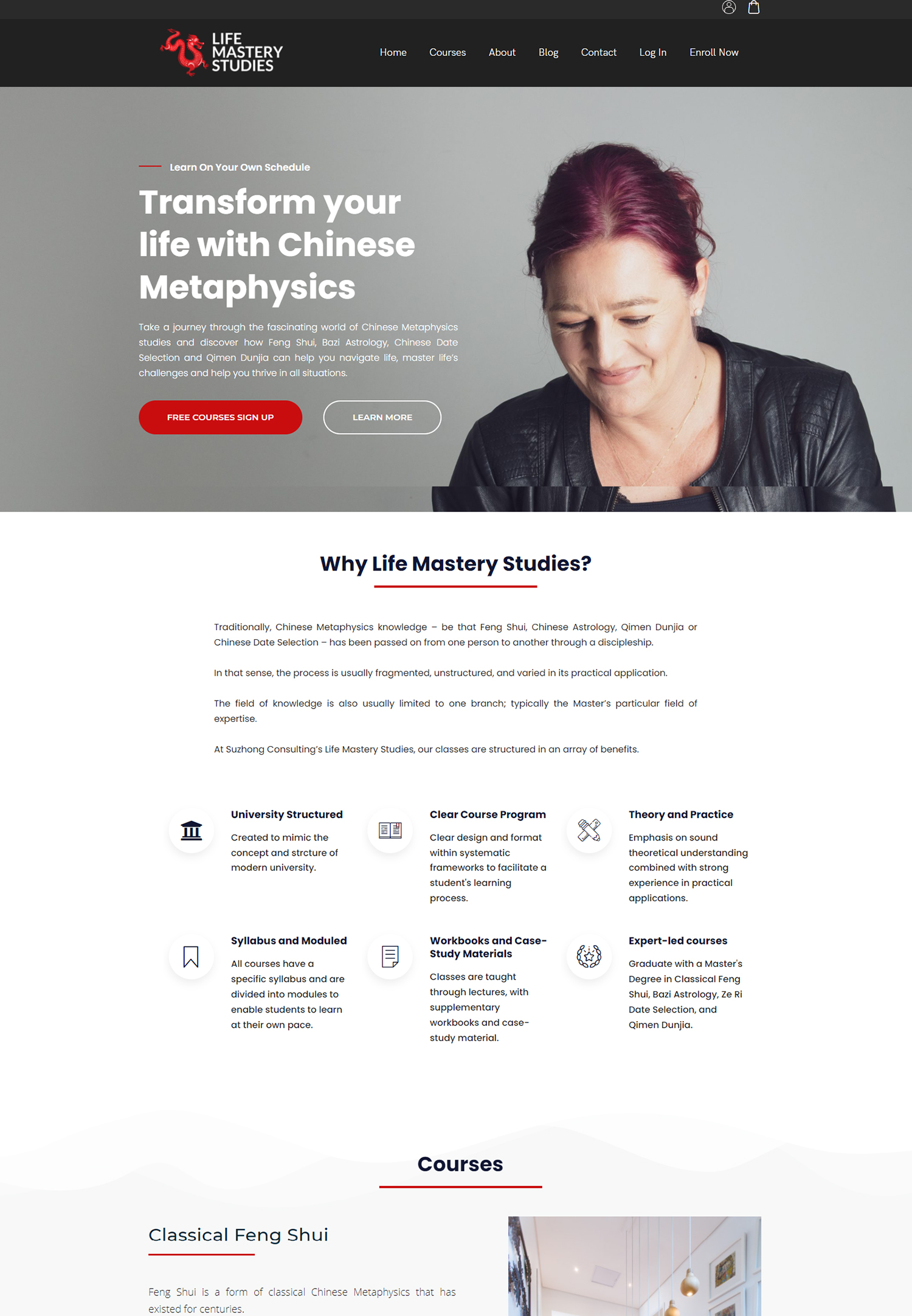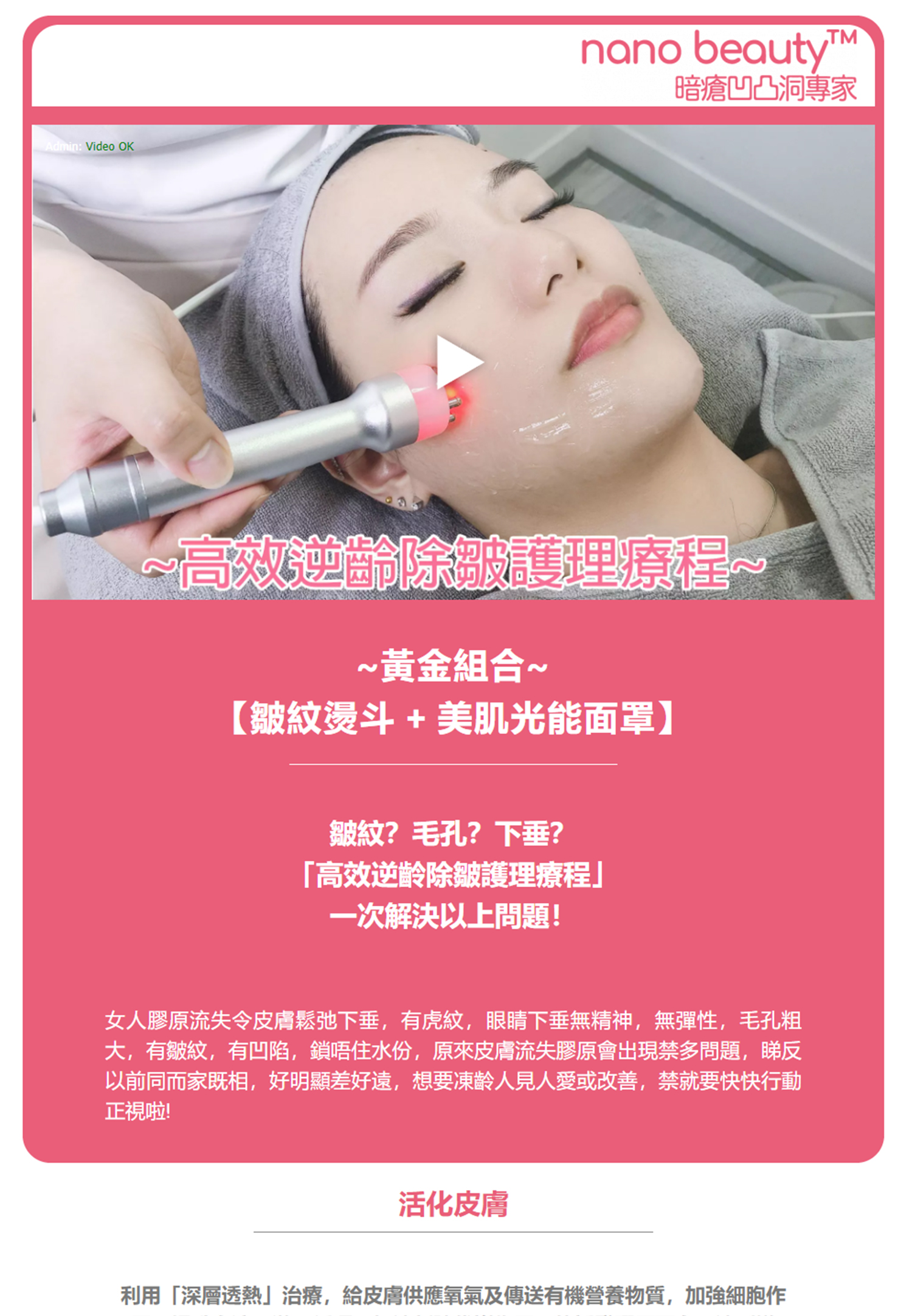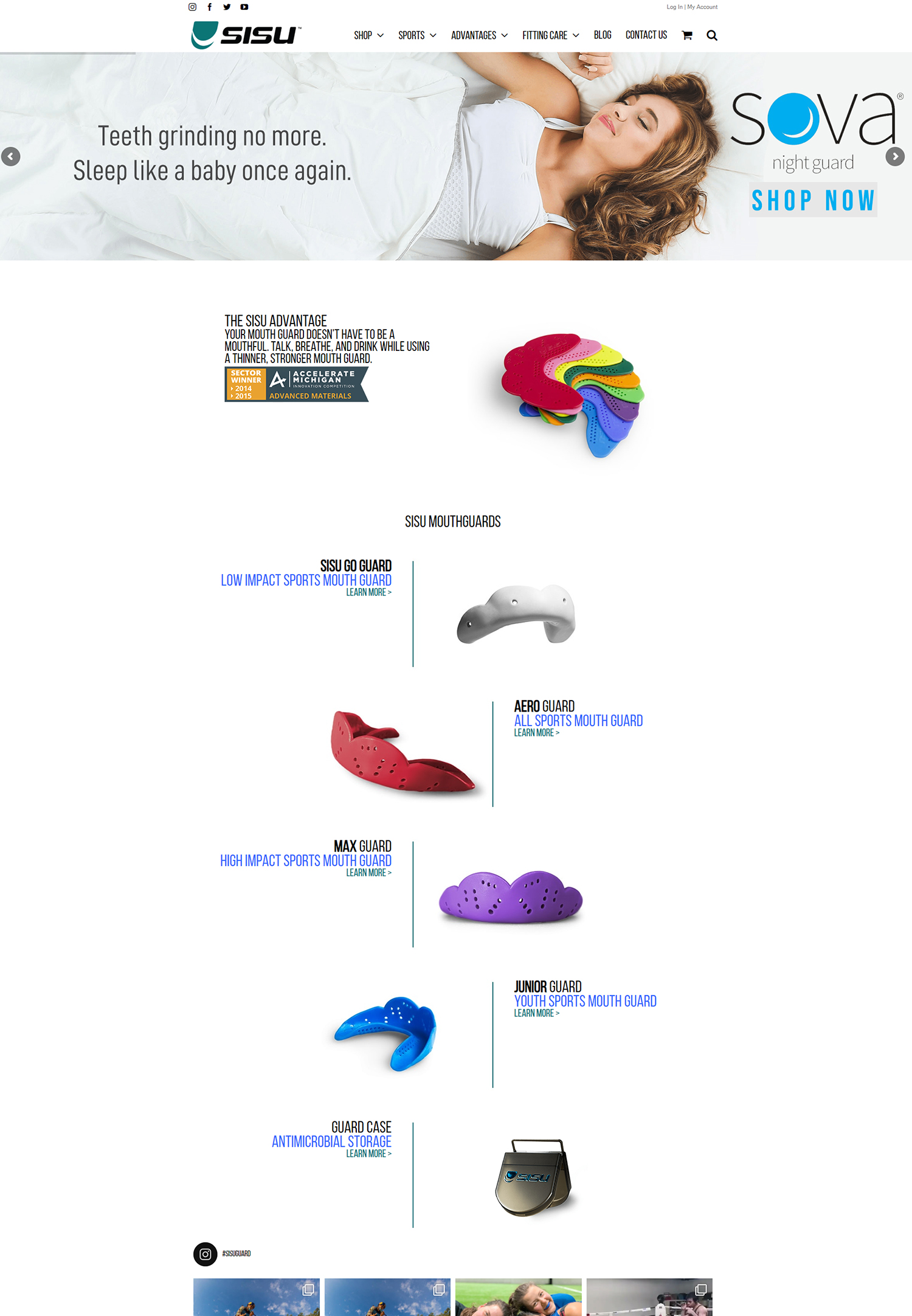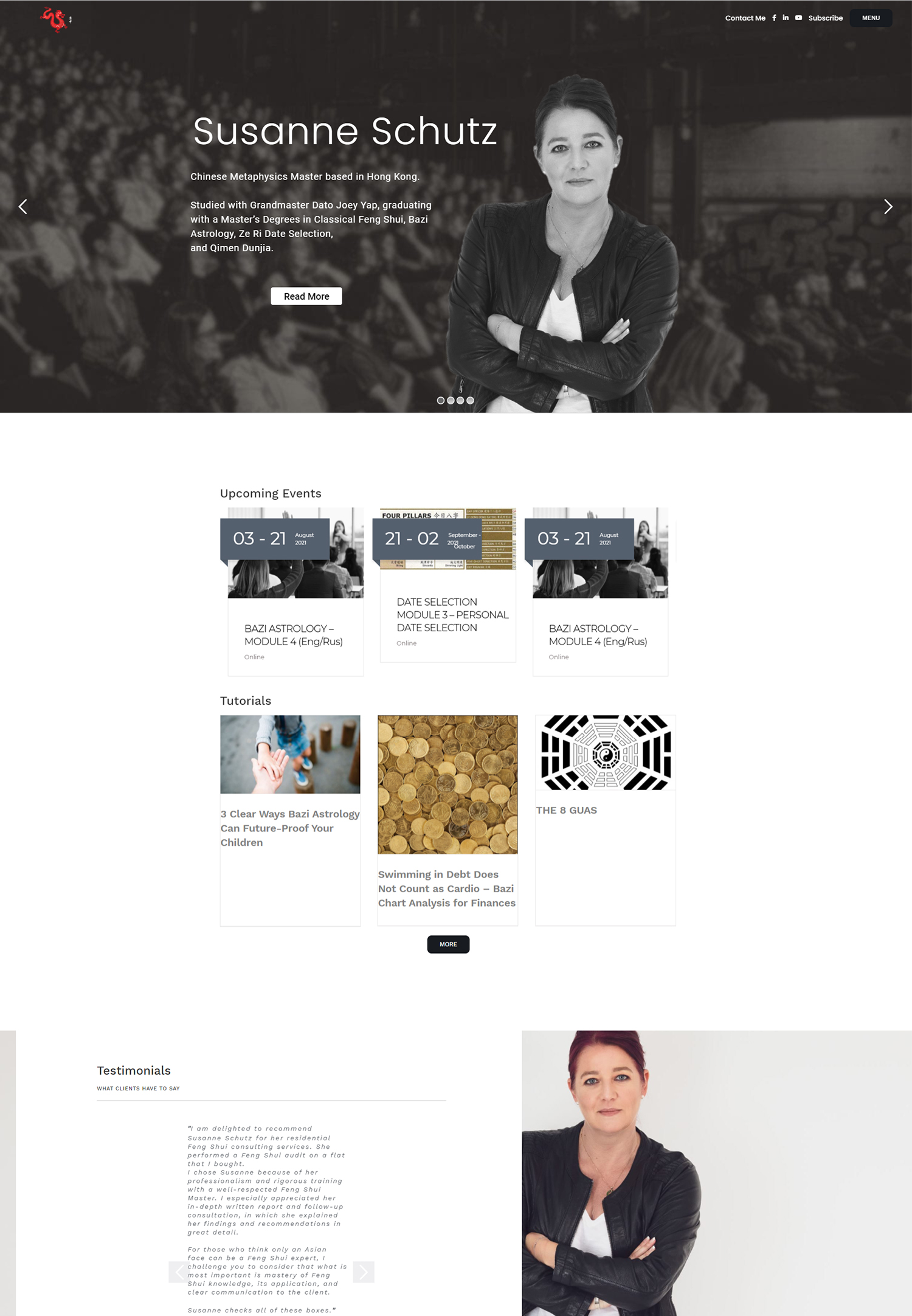Facebook Ads is an advertising platform that allows businesses to reach their target audience on the world’s largest social media platform. With over 2.8 billion monthly active users, Facebook provides a vast audience for businesses to promote their products or services. Facebook Ads offers a variety of targeting options, allowing businesses to reach specific demographics, interests, behaviors, locations, and even custom audiences.
The benefits of using Facebook Ads are numerous. Firstly, it provides businesses with the opportunity to reach a massive audience that spends a significant amount of time on the platform. This means that businesses can increase their brand visibility and reach potential customers who may not have been aware of their products or services otherwise. Additionally, Facebook Ads allows for precise targeting, ensuring that businesses can reach the right people at the right time. This can lead to higher conversion rates and a better return on investment (ROI) for advertising campaigns.
Understanding the Importance of Targeting
Targeting is a crucial aspect of any advertising campaign, and it is especially important when it comes to Facebook Ads. By targeting specific demographics, interests, behaviors, and locations, businesses can ensure that their ads are shown to the most relevant audience. This not only increases the chances of engagement and conversions but also helps to optimize ad performance.
Targeting can improve ad performance in several ways. Firstly, it ensures that ads are shown to people who are more likely to be interested in the products or services being advertised. This increases the chances of engagement and conversions, as the audience is already interested in what the business has to offer. Secondly, targeting allows businesses to tailor their messaging and creative assets to specific audiences. This personalization can make ads more compelling and increase their effectiveness. Lastly, targeting helps to optimize ad spend by ensuring that ads are only shown to people who are likely to take action. This reduces wasted impressions and maximizes RO
Demographic Targeting Options
Facebook Ads offers a range of demographic targeting options that businesses can use to reach specific groups of people. These options include age targeting, gender targeting, language targeting, education targeting, and job title targeting.
Age targeting allows businesses to show their ads to people within a specific age range. This is particularly useful for products or services that are targeted towards a specific age group. For example, a business selling baby products may want to target women between the ages of 25-34 who are likely to be new mothers.
Gender targeting allows businesses to show their ads to either men or women. This can be useful for products or services that are gender-specific. For example, a business selling men’s grooming products may want to target men specifically.
Language targeting allows businesses to show their ads to people who speak a specific language. This is particularly useful for businesses that operate in multilingual regions or want to target specific language-speaking communities.
Education targeting allows businesses to show their ads to people based on their educational background. This can be useful for businesses that offer educational products or services, such as online courses or tutoring services.
Job title targeting allows businesses to show their ads to people based on their job titles. This can be useful for B2B businesses that want to target specific professionals or industries.
Interest-Based Targeting Options
Interest-based targeting is another powerful feature of Facebook Ads that allows businesses to reach people based on their interests and hobbies. This type of targeting works by analyzing the pages people like, the posts they engage with, and the content they consume on Facebook.
Examples of interest-based targeting options include targeting people interested in fitness and wellness, fashion and beauty, technology, travel, food and dining, and many more. By targeting people with specific interests related to a business’s products or services, businesses can increase the chances of engagement and conversions.
To use interest-based targeting effectively, businesses should research their target audience and identify the interests that are most relevant to their products or services. They can then create ad campaigns that specifically target these interests, ensuring that their ads are shown to people who are likely to be interested in what they have to offer.
Behavioral Targeting Options
Behavioral targeting is another powerful targeting option offered by Facebook Ads. This type of targeting allows businesses to reach people based on their behaviors and actions on and off Facebook.
Examples of behavioral targeting options include targeting people who have made a purchase in the past 30 days, people who have recently moved, people who are frequent travelers, and people who have shown interest in specific events or causes.
To use behavioral targeting effectively, businesses should consider the behaviors that are most relevant to their products or services. For example, a business selling travel accessories may want to target people who have recently traveled or shown an interest in travel-related content. By targeting people based on their behaviors, businesses can increase the chances of reaching an audience that is more likely to convert.
Location-Based Targeting Options
Location-based targeting is a fundamental feature of Facebook Ads that allows businesses to reach people based on their geographic location. This type of targeting is particularly useful for businesses that operate in specific regions or want to target customers in a particular area.
Examples of location-based targeting options include targeting people in a specific country, state, city, or even a radius around a specific location. Businesses can also target people based on their zip code or address.
To use location-based targeting effectively, businesses should consider their target market and identify the locations that are most relevant to their products or services. They can then create ad campaigns that specifically target these locations, ensuring that their ads are shown to people who are likely to be interested in what they have to offer.
Custom Audience Targeting Options
Custom audience targeting is a powerful feature of Facebook Ads that allows businesses to reach specific groups of people based on their own customer data. This type of targeting is particularly useful for businesses that have an existing customer base or want to target people who have already shown an interest in their products or services.
Custom audiences can be created using various sources of customer data, such as email lists, phone numbers, website visitors, app users, and more. Businesses can upload this data to Facebook Ads and create custom audiences that can be targeted with specific ad campaigns.
Examples of custom audience targeting options include targeting existing customers to promote new products or services, targeting website visitors who have abandoned their shopping carts to encourage them to complete their purchase, and targeting app users who have not made a purchase in a while to re-engage them.
To use custom audience targeting effectively, businesses should ensure that their customer data is accurate and up-to-date. They should also consider the specific goals of their ad campaigns and create custom audiences that are most relevant to those goals.
Lookalike Audience Targeting Options
Lookalike audience targeting is another powerful feature of Facebook Ads that allows businesses to reach new people who are similar to their existing customers or target audience. This type of targeting works by analyzing the characteristics and behaviors of a business’s existing customers or target audience and finding new people who share similar traits.
To create a lookalike audience, businesses need to provide Facebook Ads with a source audience, such as a custom audience or a pixel-based audience. Facebook Ads will then analyze the source audience and find new people who are similar to them.
Examples of lookalike audience targeting options include creating a lookalike audience based on existing customers to reach new potential customers, creating a lookalike audience based on website visitors who have made a purchase to reach new potential customers with similar behaviors, and creating a lookalike audience based on app users who have engaged with specific features to reach new potential customers with similar interests.
To use lookalike audience targeting effectively, businesses should ensure that their source audience is representative of their target audience. They should also consider the specific goals of their ad campaigns and create lookalike audiences that are most relevant to those goals.
Retargeting Options
Retargeting, also known as remarketing, is a powerful feature of Facebook Ads that allows businesses to reach people who have previously interacted with their website, app, or other online properties. This type of targeting works by placing a tracking pixel on a business’s website or app, which allows Facebook Ads to track the actions of visitors and target them with relevant ads.
To set up retargeting campaigns, businesses need to install the Facebook pixel on their website or app. The pixel will then track the actions of visitors and create custom audiences that can be targeted with specific ad campaigns.
Examples of retargeting options include targeting website visitors who have viewed specific product pages but have not made a purchase, targeting app users who have added items to their shopping carts but have not completed their purchase, and targeting people who have signed up for a free trial but have not converted to paid customers.
To use retargeting effectively, businesses should consider the specific actions that they want to track and create custom audiences based on those actions. They should also create ad campaigns that are tailored to the behavior of the retargeted audience, such as offering discounts or incentives to encourage them to take action.
Best Practices for Maximizing Your Facebook Ads
To maximize the effectiveness of your Facebook Ads, there are several best practices that you should follow:
1. Create effective ads: Use compelling visuals, clear messaging, and strong calls-to-action to capture the attention of your target audience and encourage them to take action.
2. Optimize your targeting: Continuously monitor and adjust your targeting options to ensure that your ads are shown to the most relevant audience. Test different targeting options and analyze the performance of your ads to identify what works best for your business.
3. Measure ad performance: Use Facebook Ads Manager to track the performance of your ads and measure key metrics such as reach, engagement, conversions, and RO
Use this data to optimize your campaigns and make informed decisions about your advertising strategy.
4. Adjust your ads for better results: Based on the data and insights gathered from measuring ad performance, make adjustments to your ads, targeting options, creative assets, and messaging to improve results. Continuously test and iterate to find the most effective combination for your business.
In conclusion, Facebook Ads is a powerful advertising platform that offers a wide range of targeting options to help businesses reach their target audience. By understanding the importance of targeting and utilizing the various targeting options available, businesses can maximize the effectiveness of their Facebook Ads campaigns. By following best practices and continuously optimizing their ads, businesses can achieve better results and drive more engagement and conversions.
If you’re looking to improve your Facebook advertising strategy, you may be interested in reading the article “Facebook Retargeting Strategy” by Populis Digital. This article provides valuable insights and tips on how to effectively retarget your audience on Facebook, maximizing your ad spend and increasing conversions. Whether you’re new to retargeting or looking to optimize your current strategy, this article offers practical advice to help you achieve your advertising goals. Check it out here.
FAQs
What are targeting options in Facebook Ads?
Targeting options in Facebook Ads are the various criteria that advertisers can use to select their target audience for their ads. These options include demographics, interests, behaviors, location, and more.
Why are targeting options important in Facebook Ads?
Targeting options are important in Facebook Ads because they allow advertisers to reach their ideal audience, which can increase the effectiveness and ROI of their ads. By targeting specific demographics, interests, and behaviors, advertisers can ensure that their ads are seen by the people who are most likely to be interested in their products or services.
What are some examples of targeting options in Facebook Ads?
Some examples of targeting options in Facebook Ads include age, gender, location, interests, behaviors, job title, education level, relationship status, and more. Advertisers can also create custom audiences based on their own customer data or website visitors.
How do I choose the right targeting options for my Facebook Ads?
To choose the right targeting options for your Facebook Ads, you should first identify your target audience and their characteristics. You can then use Facebook’s Audience Insights tool to research their demographics, interests, and behaviors. From there, you can select the targeting options that best match your target audience.
Can I change my targeting options after I’ve created my Facebook Ads?
Yes, you can change your targeting options after you’ve created your Facebook Ads. Simply go to your Ads Manager and edit the targeting options for your ad set. However, keep in mind that changing your targeting options may affect the performance of your ads, so it’s important to monitor their performance and adjust as needed.






